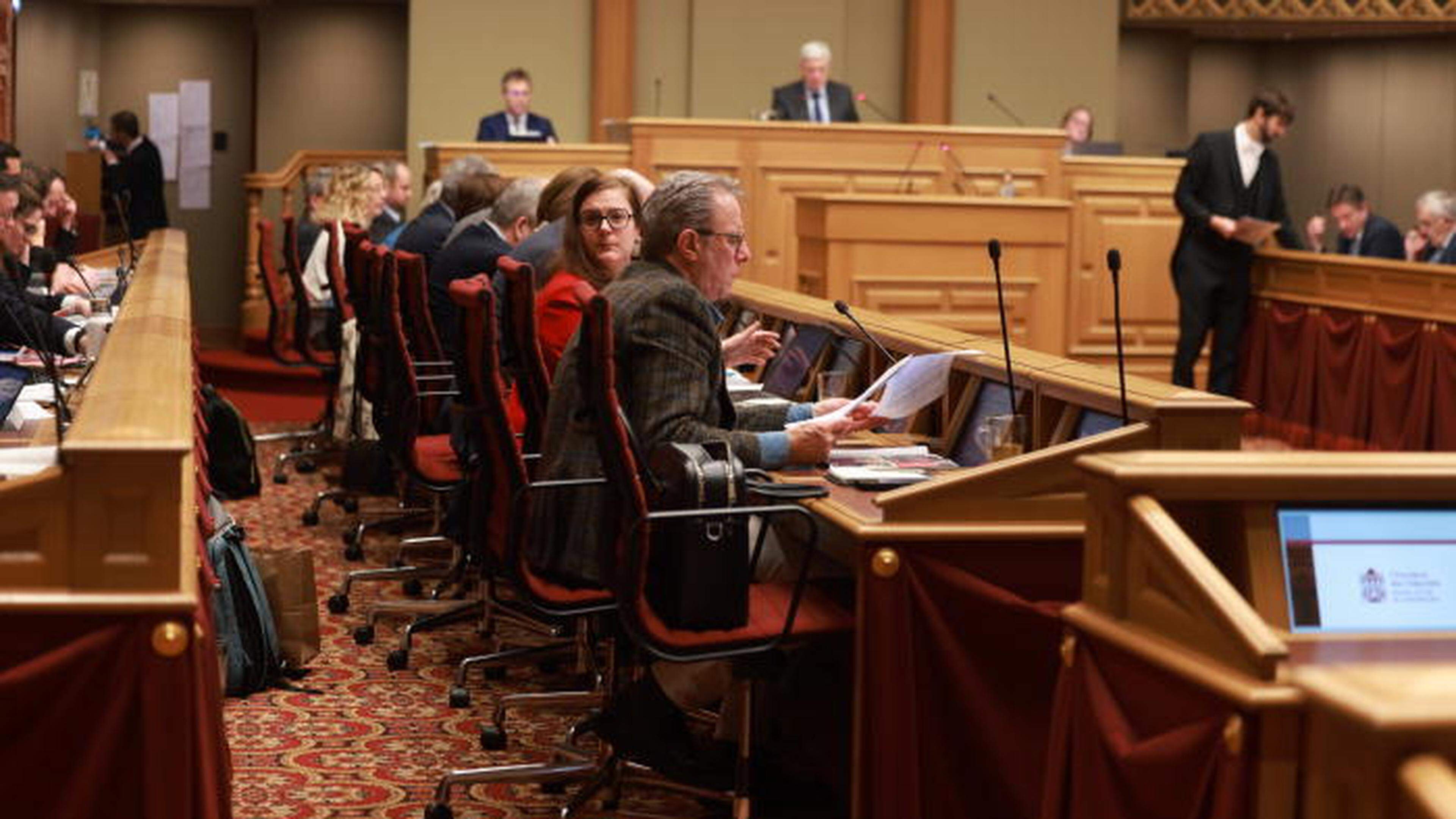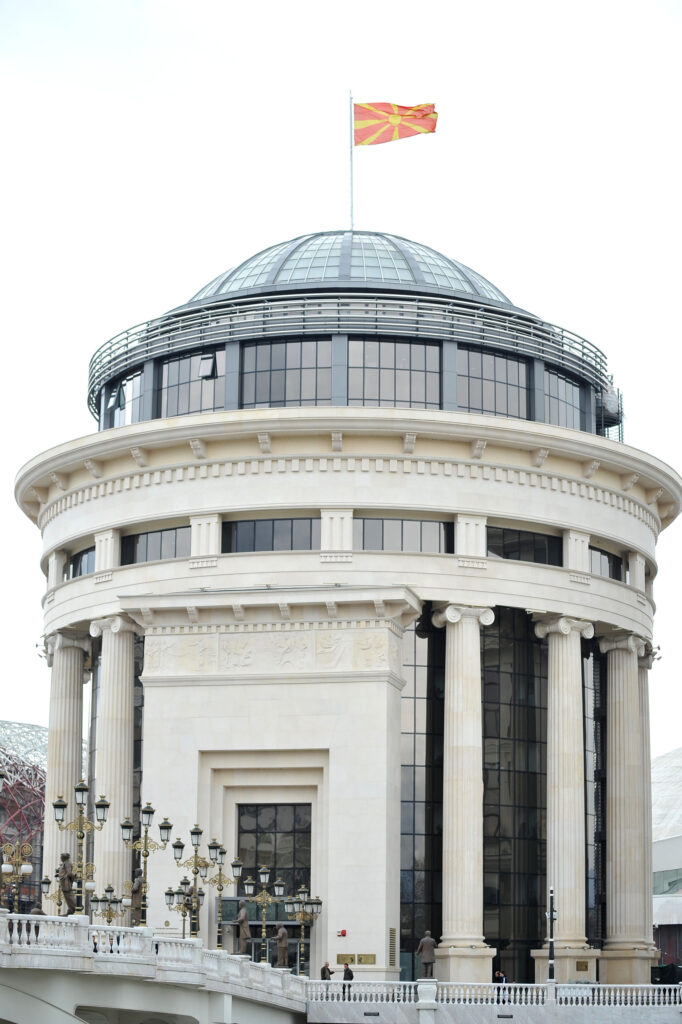Youth take chances – we have to set boundaries!
Young people alone cannot take responsibility for their own ATV and expansion. They are simply not capable of that.
This weekend we have had two accidents between Ut and Russian cars. Unfortunately, it does not come as a shock. Many have feared that just something like that would happen. It is a worrying driving culture among youth in Alta.
We all know that young people aged 16-18 are in a development phase where the brain, especially the thinking brain – the part that controls risk assessment, consequence thinking and impulse control – is not yet fully developed. According to research reports on traffic safety, this lack of development is a significant risk factor for accidents in this age group (Amundsen, Tøi, 2018). When we see youth driving without a helmet and high speed, it is not only a risky, but also a serious danger signal about lack of traffic maturity.
Attitude -creating work is therefore crucial. Traffic safety can not only be handled with laws and controls; An awareness of responsibility, consequences and respect for rules must be built. The Norwegian Public Roads Administration points out that long -term attitude work, both at home, in school and in the local community, is the most effective way to reduce youth accidents (Norwegian Public Roads Administration, 2023).
We have also been young
The most commonly used counter -argument from the parent generation in the discussion in Alta is that « the cow has been a calf ». Yes, we have also been young. Several of us made bad choices, we tested boundaries, we challenged traffic. Many of us were lucky – it went well in the end. But that does not mean that we can accept that today’s youth continue in the same track. Times have changed: The vehicles are more powerful, the speeds higher, the traffic picture is closer – and the consequences can be far more serious.
We must not trivialize dangerous behavior and almost portray it as tough that Kidsa tests boundaries. On the contrary: Precisely because we know how wrong it could have gone, we should take responsibility now.
It’s not tough to be dead.
Most young people make a great effort
It is important to emphasize that many of the young people drive responsibly. They follow rules, use a helmet, show consideration in traffic and take traffic safety seriously. We should be proud of them! That is precisely why we also have to support them – by highlighting good attitudes and at the same time correcting the few who put both themselves and others at risk.
The parenting role is crucial
We need to use our life experience, not as an excuse, but as a support. Research on traffic socialization clearly shows that parents are the most important role models for children’s and adolescents’ attitudes to traffic safety (Nordfjærn & Rundmo, 2014). Youth reflects what we adults communicate – not only with words, but also through attitudes, reactions and boundaries we set.
It is about taking the necessary talk: about responsibility, rules, risk and consequences. To not take this talk, or to trivialize dangerous driving, is to fail our children.
Police work is important, but their capacity alone is not enough. Traffic safety is about a shared responsibility – between authorities, schools, communities and each family. Change starts at home – at the dinner table, in the car, in everyday small conversations.
Let’s show both children and young people that we care – not only by saying it, but by taking responsibility, being present and setting clear boundaries. We owe them.
Anette
Mom




:format(webp)/s3/static.nrc.nl/images/gn4/stripped/data115078479-01c7cd.jpg)
